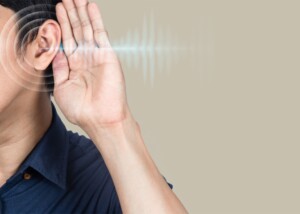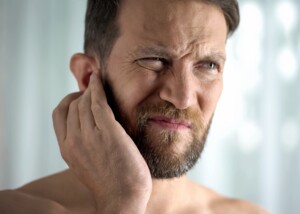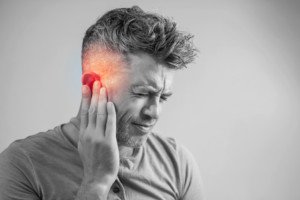
One of the possible causes of new-onset headaches and a swooshing sound in the ears will really surprise you.
In fact, doctors failed to figure out what was causing these symptoms in a 14-year-old girl. Her problem could also happen to adults.
“What I was really worried about was that she had pulsatile tinnitus and I had just left one of three ENT doctors who did not have a solution for her problem,” writes Isabella’s mother to the doctor who finally diagnosed the girl and successfully treated her.
“She had also been to a neurologist, and after various tests said that hopefully with time it would go away,” continues her mother.
“But in the meantime every minute of the day she could hear her blood flowing in her ears. When she went to bed at night, during tests at school and when it was fairly quiet, she could hear ‘swooshing’ in her ears.”
This madness went on for four months until Dr. Jeffrey Haddad, DDS, examined Isabella and diagnosed her with TMJ disorder.
“She actually had another problem that we had long learned to deal with,” writes her mother.
“She got severe headaches and migraines, which were very debilitating when they occurred.
“We had already been to several doctors, maybe 10 in two different countries — and had so many tests and MRI’s done and there was nothing they could do so we had really little hope for a solution.”
Dr. Haddad, with Doolin Haddad Advanced Dentistry in Rochester, MI, is a neuromuscular dentist.
He recommended that Isabella receive neuromuscular dentistry to treat the temporomandibular joint disorder.
This meant her jaw and bite alignment, which were not properly functioning. This was causing the swooshing sound (pulsatile tinnitus) and headaches.
“He explained that relaxed and healthy muscles affect the jaw, head and neck and that by correcting that, it was likely to treat TMJ, headaches, migraines and the pulsatile tinnitus,” writes Isabella’s mother.
The muscles and other soft tissue structures at the jaw joint don’t operate independent from nearby structures. Everything is connected to each other.
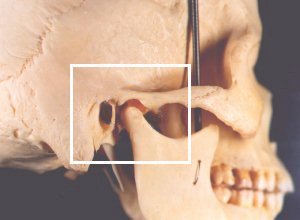
Jose Larena, CreativeCommons
So when something goes wrong with the TMJ, nearby regions are affected – such as the head and ears in this case.
Dr. Haddad fashioned a custom made mandibular orthotic to align Isabella’s jaw and bite into their optimal position.
He also had her undergo tensing to relax and measure the muscles in her neck and face.
“The headaches decreased every month until she didn’t really have any,” continues her mother. “About four months into her treatment she didn’t have pulsatile tinnitus at all.”
It also turned out that Isabella needed braces, and these helped keep her temporomandibular joint and bite correctly aligned.
The teen’s headaches and pulsatile tinnitus have not returned – and the treatment was in 2012.
Nagging Headaches, Pulsatile Tinnitus (Swooshing Noise in Ears)
These two symptoms can have a cause other than TMJ disorder.
A person with these symptoms, especially if the swooshing sound is in only one ear, should undergo an imaging study to check for a type of brain tumor called acoustic neuroma, or other serious conditions that can be involved.
Dr. Haddad believes that a diagnosis of TMJ disorder should be one of exclusion, meaning, not just made based on symptoms, but made after serious causes of the patient’s symptoms have been ruled out via imaging.
His patients undergo a cone beam CT scan that visualizes their entire head and upper neck in three dimensions.
“It is then sent and analyzed by a Diplomate of the American Board of Oral and Maxillofacial Radiology to rule out any tumors or abnormalities on the scan,” says Dr. Haddad.
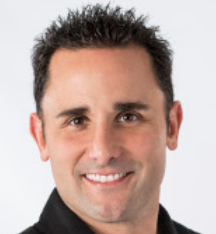
Dr. Haddad lectures nationally on cosmetic dentistry, TMJ disorders and practice marketing, and utilizes the latest technology to ensure the utmost in patient comfort and care.
 Lorra Garrick has been covering medical, fitness and cybersecurity topics for many years, having written thousands of articles for print magazines and websites, including as a ghostwriter. She’s also a former ACE-certified personal trainer.
Lorra Garrick has been covering medical, fitness and cybersecurity topics for many years, having written thousands of articles for print magazines and websites, including as a ghostwriter. She’s also a former ACE-certified personal trainer.
.

